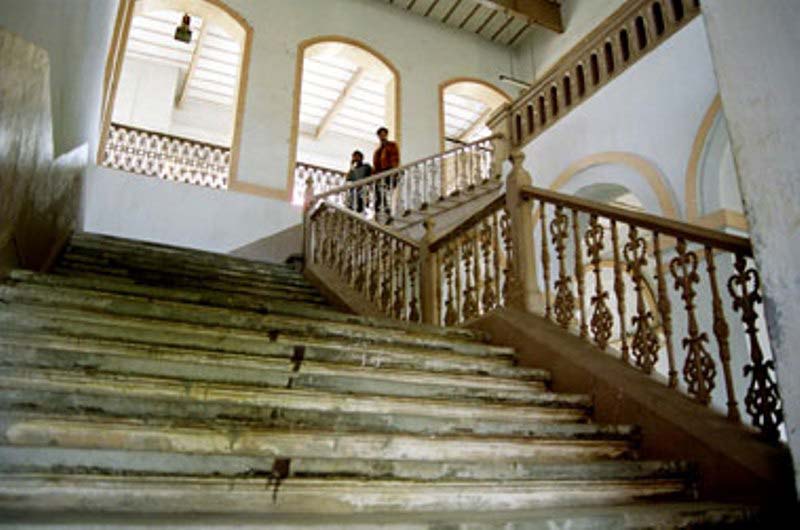
Before the Christian Missionaries started to spread Western education among the locals, the indigenous primary schools of Bengal used to teach only Bengali, simple Arithmetic and Sanskrit. Apart from that, Sanskrit scholars used to run small private schools, known as ‘tolls’ from their residences to impart lessons in advanced Sanskrit, grammar and literature, theology, logic and metaphysics to their students. On the other hand, the people of the Muslim community were taught in Madrasa and Maktabs. Nevertheless, as Persian was the court language, both Hindus and Muslims used to learn the language to get jobs under the rulers of pre-colonial period. Gradually, the enlightened section of the Bengali society strongly felt that this process of teaching and learning does not have any practical utility and English and science subjects should be taught to the young generation for interaction with the British businesspersons.

As English replaced Persian as the court language in 1835, many Hindu parents also felt the usefulness of English education, but they were very much skeptical about sending their boys to English missionary schools, where they were subjected to considerable Christian influence. They felt insecure as they could sense that the Christian missionaries were tactfully shaking the faith of Hindu boys in the name of imparting higher English education and thus propagating Christianity.
Under the above circumstances, there came a new wave in Bengal, known as Bengal Renaissance, which marked the transition from the medieval to the modern. This distinct intellectual and cultural awakening in the enlightened section of the Bengal Society during the nineteenth century felt the urgent need to impart English education to the mass. The plan of imparting English education by David Hare, one of the most prominent educationists in Bengal, was supported by Raja Radhakanta Deb. In the month of May 1816, Sir Edward Hyde East, the Chief Justice of Supreme Court, Fort William, called a meeting in his house to discuss the proposal to establish an institution for giving education to the children of the members of the Hindu Community. The proposal was unanimously approved and donation of more than 100,000 Rupees was promised for the construction of the proposed college. The College was formally opened on the wintry morning of 20 January 1817, when a batch of 20 male students hailing from affluent and enlightened Bengali Hindu families of Calcutta, came together in the rented house of Gorachand Bysak at 304 Chitpur Road, marking the first working day of Hindu College.


From the inception, the Hindu College had two wings, a school or Pathshala, which used to teach Basic English, Bengali, Grammar and Arithmetic to the students under the age of 14, and an upper section or Mahapathshala for imparting advanced modern subjects to the young adults.
Between the year 1817 and 1823, the College had to shift several times. From Bysak’s house, it shifted to the house of Roopchand Roy in Chitpur Road, and thereafter to the house of Firinghi Kamal Bose, at 51 Upper Chitpur Road, which later housed the General Assembly’s Institution of Alexander Duff. From Chitpore, the Hindu College shifted to Bowbazar, then to Tiretta Bazar. Later, according to the proposal of David Hare, both the pathsala and the Mahapathsala sections of the Hindu College were shifted in a new building at the north of Goldighi (College Square) on a plot of land donated by David Hare, which subsequently housed the Sanskrit College.

On 15 June 1854, the upper section, the Mahapathshala of Hindu College was separated as Presidency College, while the junior section, Pathsala, gained independent status as Hindu School. Therefore, date of establishment of Hindu College is considered as the establishment date of both Hindu school and Presidency College.

The campus of the College was developed with time. While the main building was built in 1875, the clock tower was added towards the end of the nineteenth century. The building, housing the Baker Laboratory and the science departments, was built in 1913. Girls were allowed to join the college as students in 1944 and since then, the college has been a coeducational institution.

The combined campus of the Hare School and the Presidency College has two common playgrounds. There is a statue of David Hare in the complex, which is always properly maintained.
It should be mentioned here that, on 7 July 2010, the Legislature of West Bengal conferred the status of a full University on Presidency College, in recognition of its rich heritage of academic excellence.
